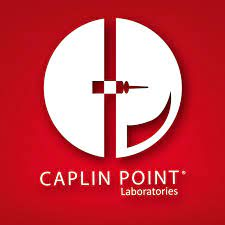
Ammonia is set to become World’s another renewable fuel. Sounds interesting? Thread.
Renewable fuels & energy storage solutions are the buzzing trends of the world. Increase in Solar & Wind energy harvesting efficiency have changed all the energy dynamics.
#Deepakfertilizer
Renewable fuels & energy storage solutions are the buzzing trends of the world. Increase in Solar & Wind energy harvesting efficiency have changed all the energy dynamics.
#Deepakfertilizer

This is disrupting many traditional businesses and impacting human life positively. Technology is accelerating & facing the change is life.
An ammonia molecule is composed of one nitrogen atom and three hydrogen atoms & mostly was used in making urea fertilizer.
An ammonia molecule is composed of one nitrogen atom and three hydrogen atoms & mostly was used in making urea fertilizer.

With the emerging new application of ammonia as a green fuel, there is a possibility of World facing ammonia crunch and hence can give pricing power to the manufacturers. 180 Million tons of ammonia is made annually, 40% of plants are old. China is the largest producer. 

Ammonia can be burned in internal combustion engines with minor modifications emitting only nitrogen and water vapor. Most of the world’s ammonia is made using Haber–Bosch process, a century-old process that emits vast amounts of carbon dioxide. 

Green process for ammonia manufacturing on large scale seems a short distant dream by using Solar energy, making it a complete renewable fuel. This is still expensive than traditional way, but it's cheaper against using Crude oil. 

Big investments are already happening for using ammonia as a marine fuel to run ships.
Companies in South Korea, Italy and USA have successfully demonstrated usage of ammonia to run cars
Ammonia has certain advantages over hydrogen as a fuel like it has higher energy density than liquid hydrogen. Liquid hydrogen has to be stored at cryogenic conditions of –253 °C, whereas ammonia can be stored at a much less energy intensive –33 °C.
And ammonia, though hazardous to handle, is much less flammable than hydrogen. It has 10 times higher energy density than Li-ion batteries.
Ammonia is being used in making urea fertilizer globally for a century, a vast ammonia infrastructure already exists.
Ammonia is being used in making urea fertilizer globally for a century, a vast ammonia infrastructure already exists.
Worldwide, some 180 million tons of ammonia is produced annually, and 100s of ports are equipped with ammonia terminals.
Saudi Arabia is investing $5 billion in ammonia project at Red Sea coast using solar & wind to generate 4 GW of electricity for water electrolysis plants. The hydrogen will be fed into a traditional Haber-Bosch plant to produce 1.2 million ton per year of ammonia.
This is another interesting development which aims to repurpose coal-fired thermal plants with ammonia. This will give some more lifeline to outdated thermal power technology and help maintaining their valuations
reuters.com/business/energ…
reuters.com/business/energ…
• • •
Missing some Tweet in this thread? You can try to
force a refresh









